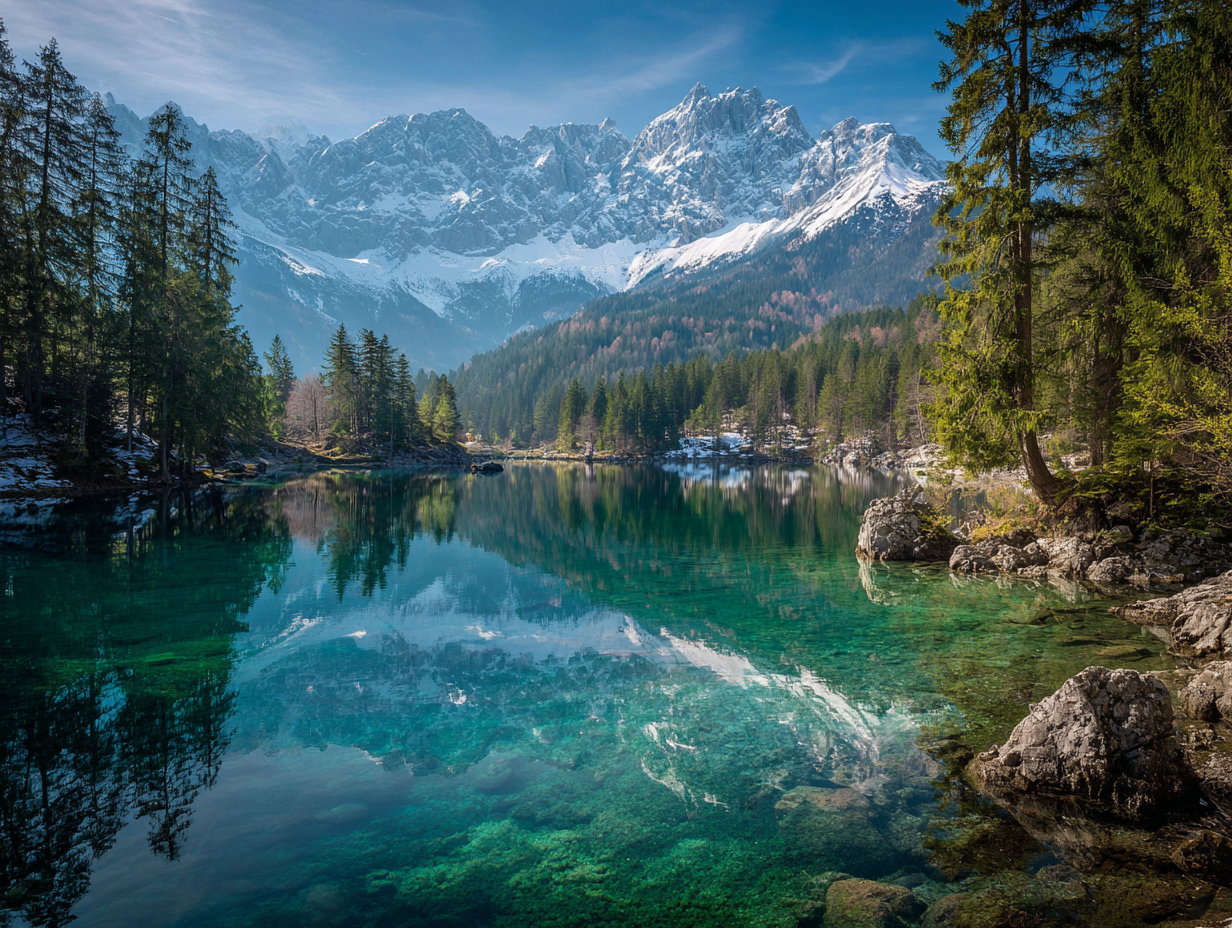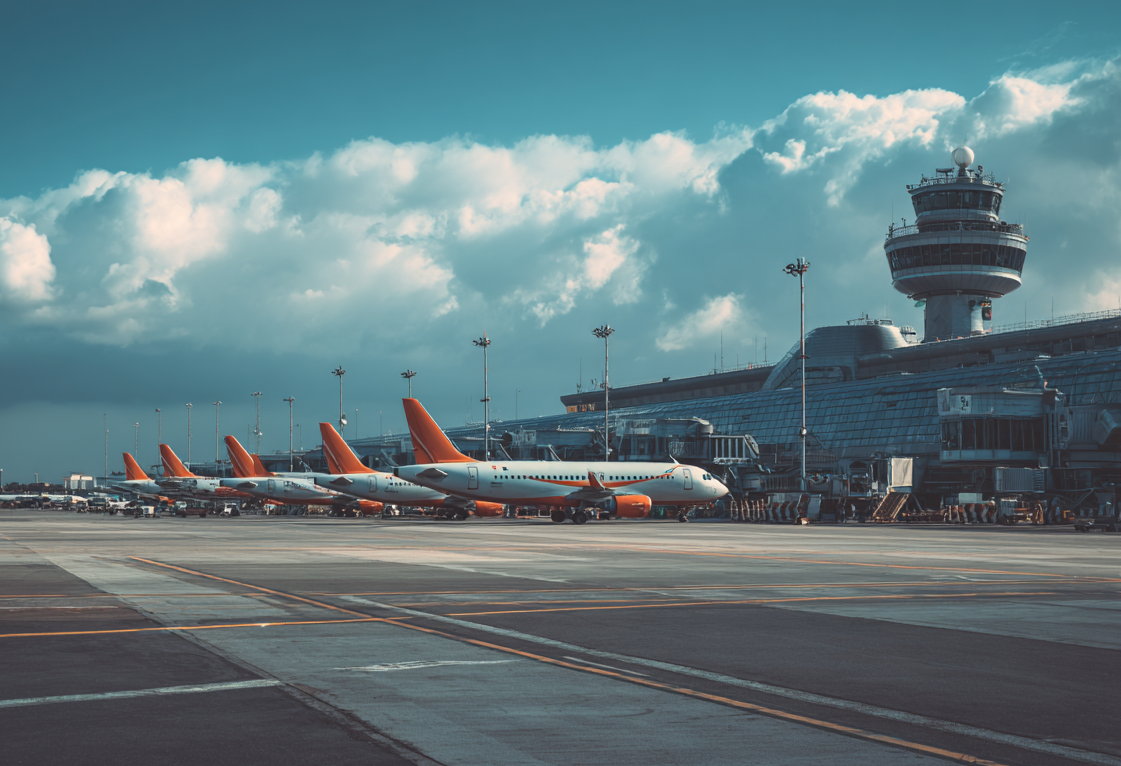Travelling by air is exciting, and there are times when we just want to shove everything we need in one bag and travel light and fast. But alas, this does not always work out favourably. When it comes to air travel, we do have to pay extra attention to what, where and how we are packing. This is because of certain restrictions when it comes to cabin bags and check-in bags. We are here for the cabin or the hand bag. Many travellers unknowingly carry items that can cause delays at security, inconvenience during the flight, or even confiscation of the said items. From everyday toiletries to gadgets, certain things that seem harmless can become problematic when flying. Know what you can and cannot pack in a hand bag.
Large amount of liquids or unapproved gels
Airlines strictly enforce liquid limits in carry-on bags. Usually containers must be 100 ml or less, more than that and you’ll have to discard or surrender it at the security check. Also, all liquids must fit in a 1-liter clear zip-lock bag. Carrying larger bottles of shampoo, lotion, or even homemade cosmetics can result in confiscation at security. So to avoid this unnecessary roadblock, always make sure you are using small, travel-sized toiletries, and that they are easily accessible during checks.
Sharp objects
Sharp or pointed tools, scissors, pocket knives, metal tweezers, or nail clippers with cutting edges, can set off security and are banned from carry-on bags. Anything that could be used as a weapon must go in checked luggage. If you absolutely need to carry small grooming tools like nail clippers or tiny scissors, make sure they meet your airline’s size rules (typically under about 6 cm).
Aerosols and sprays
Hairsprays, deodorant sprays, or bug repellents in aerosol form can be flammable or pressurised, which is hazardous during flights. Even small cans often get flagged during security checks.
Food items that can spill or smell strong
This is more of a common sense matter than security. Carrying liquid soups, sauces, or overly aromatic foods can create a mess around where they are kept, and create discomfort for fellow passengers. What if the liquid is spilled? It’s better to avoid all these messes, and just carry simple, dry nuts, cookies, or packaged sandwiches, and pack them securely in zip-lock bags.
Excess cash or valuable jewellery
Carrying large sums of money or expensive jewellery in your handbag makes you a target for theft and increases stress during security checks. Loss or misplacement can also create major travel disruptions. Carry only the cash you need for immediate expenses, keep valuables in a secure money belt, and use digital payment options whenever possible.
Heavy books or gadgets you don’t need
Handbags quickly become cumbersome when overloaded with heavy items like thick books, extra laptops, or bulky electronics. This can slow you down at security and make your flight uncomfortable. Also, most airlines these days have a weight limit for handbags as well. Only carry essentials like your tablet, a small book, or e-reader.
Liquids bought after security in non-compliant packaging
Duty-free liquids bought before security are fine, but liquids bought inside the airport after security may not be allowed through connecting flights, especially if you have to re-clear security. That’s the kind of trouble nobody wants. However, if you must carry them, make sure you have the receipts and ensure the liquids are packed in tamper-evident bags.
Medical supplies without prescription
Your daily pill or two is fine but a large quantity of prescription medicines is sure to raise some eyebrows. All prescription medicines must be accompanied by valid prescriptions or doctor’s notes. Carrying large amounts of over-the-counter medicines or supplements can raise suspicion.



